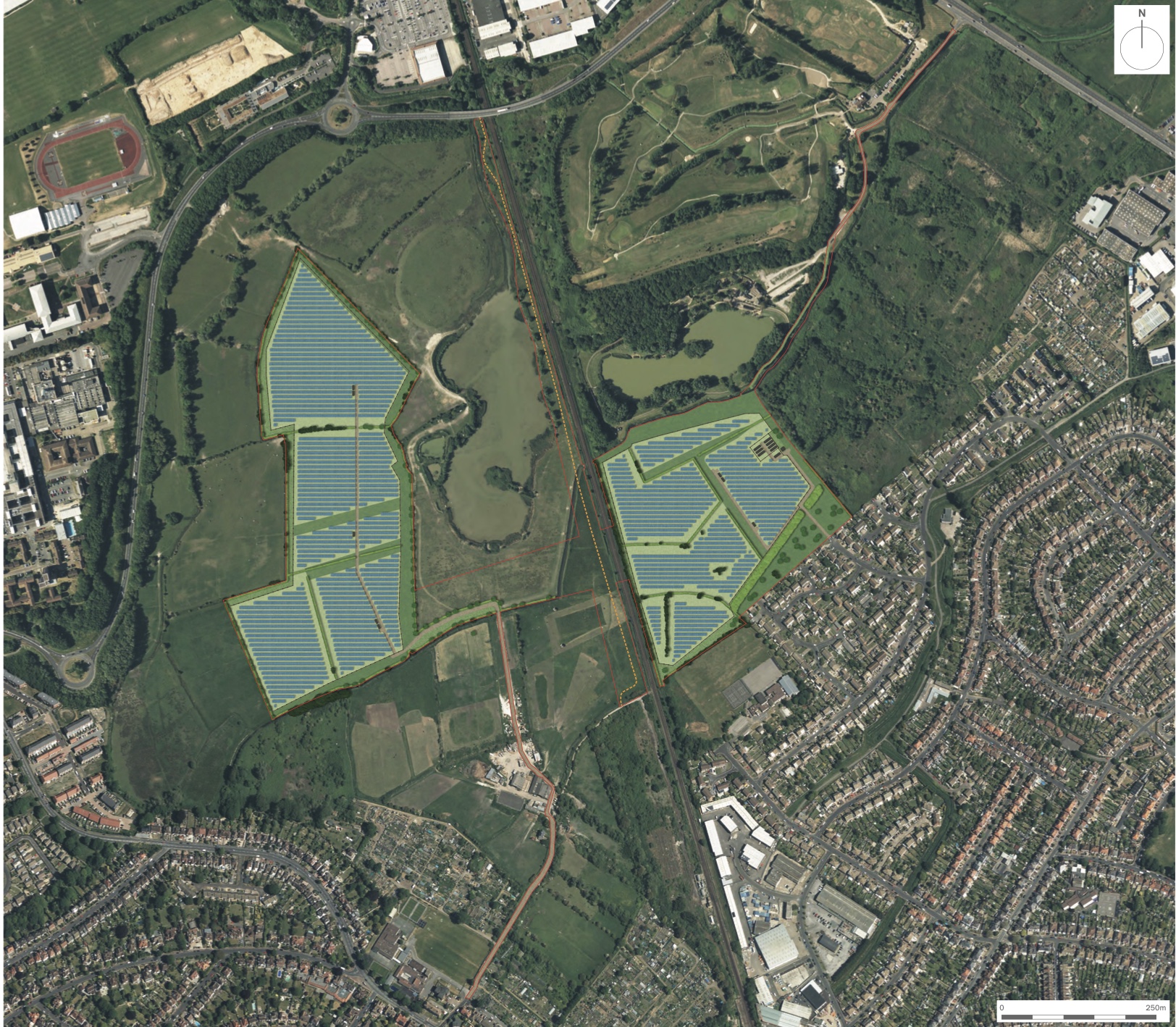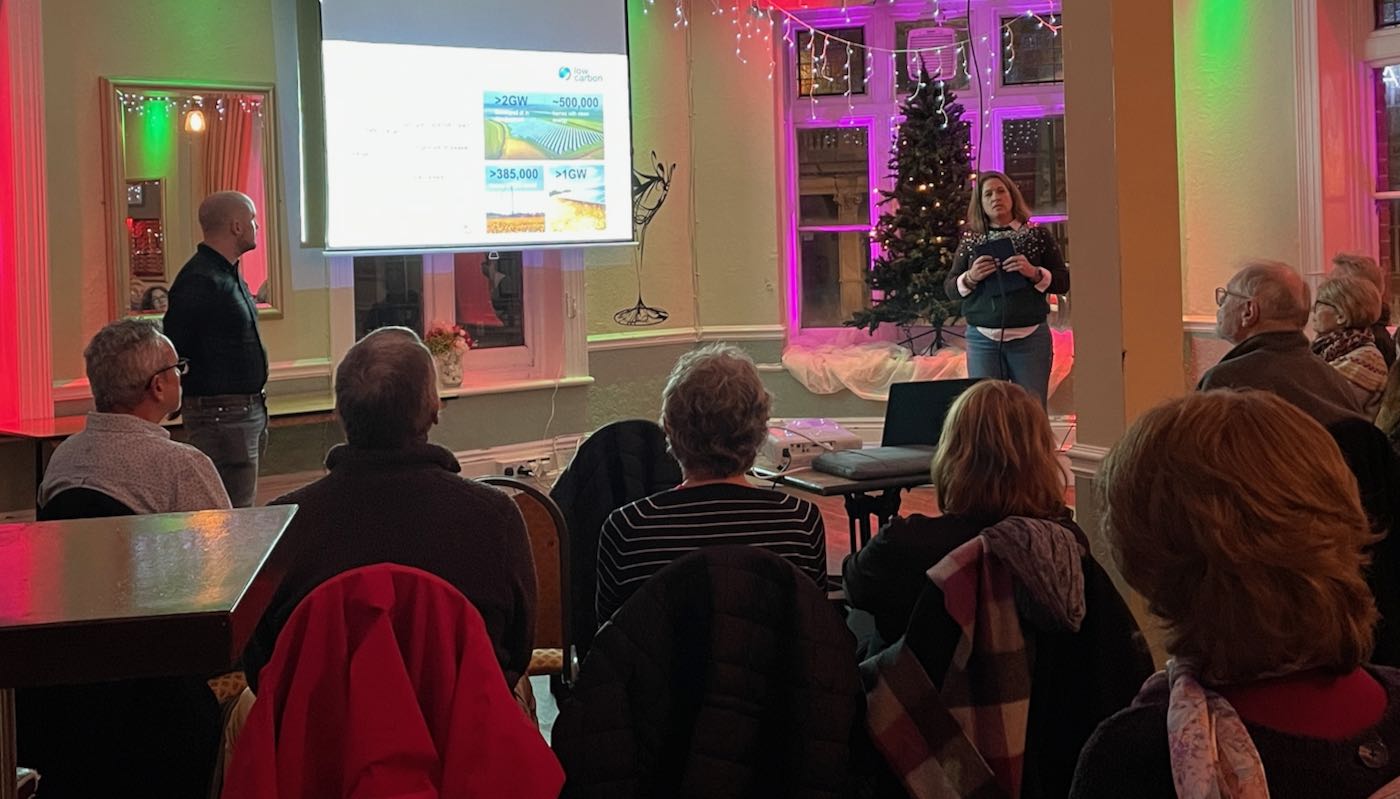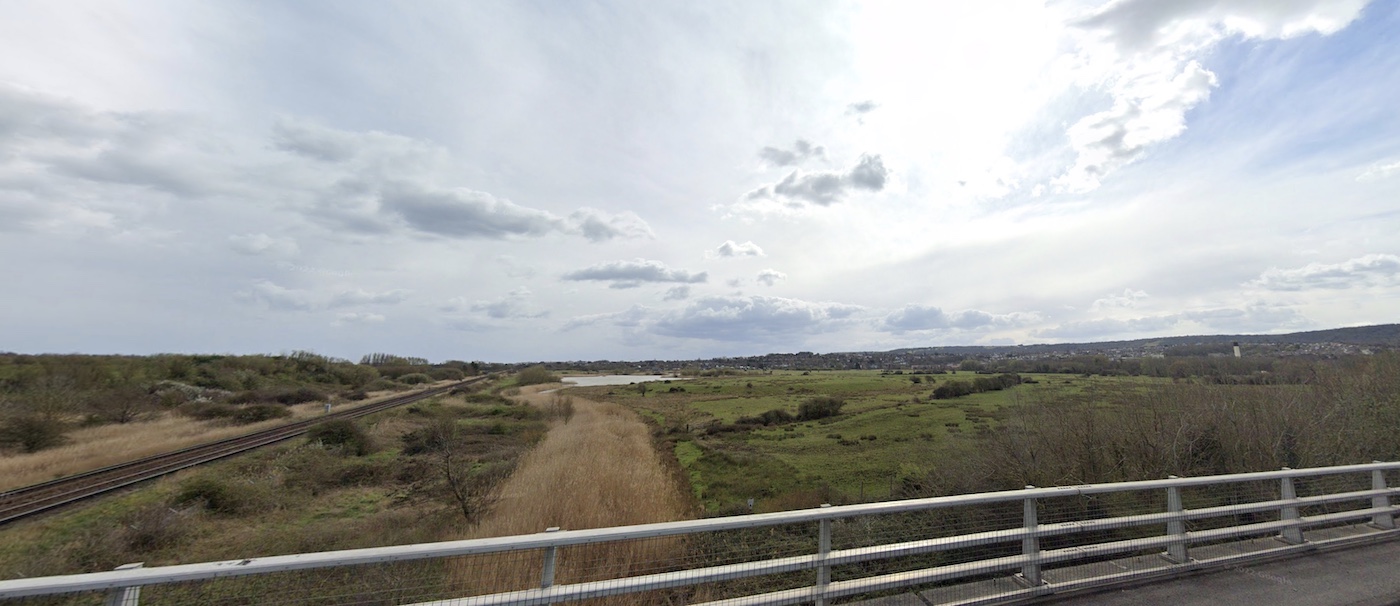Energy project could bring 50,000 solar panels to Eastbourne Levels

Part of the Eastbourne Levels could be covered in 50,000 solar panels if planning permission is approved for a renewable energy project in a multi-million pound deal, a public meeting heard.
The land, owned by the Duke of Devonshire, covers an 80-acre site currently used for livestock grazing.
The solar panels could be positioned east and west of the railway line on the outskirts of Eastbourne and would be visible from the eastern edge of the South Downs.
Who is behind the plan for solar panels?
The company behind it, privately-owned Low Carbon Ltd, is in partnership with the Massachusetts Mutual Life Insurance Company, based in Boston, United States, to fund this and other similar projects.
Low Carbon says the project would produce enough energy to power 6,400 of the 49,355 homes in Eastbourne, about 13%. The company also says that it would save 4,300 tonnes of CO2 emissions a year.

Planning permission has been submitted to Eastbourne Borough Council for the project, which is intended to be in place for 40 years and could be connected by 2027.
The application has so far received five letters of objection and two in support.
Eastbourne Friends of the Earth hosted a public information meeting with Low Carbon Ltd this week (Weds, December 12) at Bibendum in Grange Road, Eastbourne.
How much is the deal worth?
The landowner is listed as Derbyshire-based Devonshire No 1 Nominees Ltd at the Land Registry.
When challenged by one resident about how much money would be made by Low Carbon and how much collected in rent by the Duke of Devonshire, project manager Sam Dix said he did not have that information.

He said it was an “eight-figure project, a multi-million pound deal” and that the rate of return to Low Carbon was about 6% to 7%, similar to the return from saving in a bank.
Mr Dix said the amount of rent would depend on the rates for agricultural land. The most recent government figures show agricultural rent to average £225 per hectare. For the 32 hectares on this site, that may equate to £7,200 a year or £288,000 over 40 years.
Mr Dix said the site would be landscaped, there would be pole-mounted boxes for kestrels, barn owls and mice, and an ecologist would be supervising the groundworks.
"Can the panels be designed to look less like a flat monster in the middle of Eastbourne?”
eastbourne borough councillor Pat rodohan
Liberal Democrat councillor Pat Rodohan, a former town mayor, said: “We cherish our built and green environment in Eastbourne. Our residents and visitors will be looking down on the site – can the panels be designed to look less like a flat monster in the middle of Eastbourne?”
Mr Dix said the design had to be a balance between effectiveness and attractiveness but the company would be considering all suggestions, such as trees and hedges, to screen the panels from the railway line.
One resident said: “This is marshland which cannot be built on. It has been farmland for 2,000-plus years and is an exceptional site – it is unique in Sussex.”
Do the solar panels have to be on the Eastbourne Levels?
Another asked why the project could not be sited away from the town and the South Downs but Mr Dix said it was planned on the Levels due to the necessary national grid connections.
In response to concerns about a possible ‘hum’ from transformers, Mr Dix said they were sited far away from residents and had acoustic louvres to contain the sound so would not be heard.
He told the meeting that UK Power Networks was responsible for distributing the energy produced but that it was likely to be used within Eastbourne.

Beverley Rodbard-Hedderwick, stakeholder manager of Low Carbon Ltd, said: “The more renewable energy projects we have, the more control we have over energy prices.”
She told the meeting that Low Carbon already owned and managed 13 sites, there were eight being built and ten more where construction would start soon.
What is the government doing?
In August, the government announced a £22 million increase in its backing for renewables through the Contracts for Difference scheme – taking the total budget to £227 million for the scheme to award contracts this year.
The scheme – launched in 2014 – is the government’s main system for supporting low-carbon electricity generation. It says it has led to an increase in the proportion of the UK’s energy coming from renewables: in 2022, renewables fuelled around 42% of the UK’s electricity generation – up from 7% in 2010.
Grant Shapps, who was energy security secretary in August, said that Russian president Vladimir Putin’s action against Ukraine had made clear the “need to do whatever it takes to bolster our energy security”.
:: Main photo Michael Förtsch on Unsplash
:: This article is not a PR handout. It is based on research and turning up to report and take notes. The Eastbourne Reporter is free to read but not free to produce. Support me for the price of a coffee just once a month here or with a one-off donation here if you believe genuine, questioning journalism is vital for this town.


